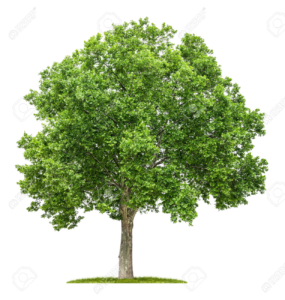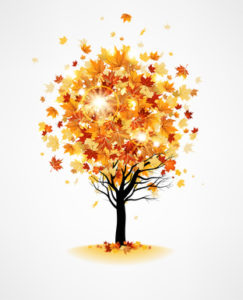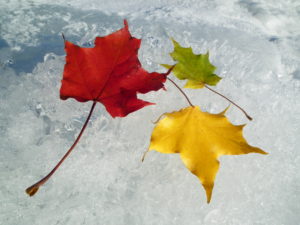Tender loving care with first tree plant
Tender loving care with first tree plant may be a reflection of the condition of your soul. Tender loving care with tree planting is good for you and your family.
Planting and caring for the new tree is natural and logical prrogression of doing something meaningful well. When you have decided on which kind of fruit tree you would like, and where you would like it, you can finally start to plant it. If you buy your tree from a nursery, be especially careful when you are taking it from the nursery to your house. I once had a friend who put the tree in the back of his truck, but clipped a sign on the way home. The entire tree snapped in half, and my friend was left a very sad man.

When you have gotten your tree safely back to your yard, look at the
bottom of it and see how big the clump of roots is. It may seem like a lot
of work now, but you want to dig a hole that is twice as wide as the
clump, and just a little less deep. Making the hole slightly bigger than
the clump of roots allows there to be room for the soil that you dug out
to be put back in. Otherwise you would be stuck with a giant heap of
unwanted dirt, and nowhere to put it. After you have dug the hole, line
the hole with some compost or fertilizer so that the tree will grow
better. After you have done this you should set your fruit tree into the
hole, and spread the roots out evenly so that the tree will be strong and
stable.
When all of this business is done, take the soil that you dug up and fill
in the hole completely. Unless you want big piles of dirt everywhere, you
should be sure you use all of the dirt even is it is a couple inches
higher than the rest of your yard. This is because it will compress when
watered. Before you firm up the soil, make sure that the tree is
completely vertical and will not fall over. After you have checked that
the tree is perfectly vertical you can gently firm up the soil.
If the tree’s trunk is not yet completely sturdy and can be bent, you need
to tie the tree to a stake with a bit of rope. Be sure not to tie the rope
tightly to the tree, as you need to allow room for the trunk to grow. Once
the tree is sturdy enough to withstand all types of weather, you can take
the stakes off of it. When all of this is done you should mulch around the
base of the tree. If you live in an area where wildlife can access your
yard, then you should put a fence around your tree, because some animals
will eat the bark off of young trees.
Tender loving care with first tree plant will yield rewards in time
Once you have successfully planted your fruit tree it will start to bear
fruit after it is three to five years old. Once your tree starts to carry
a lot of fruit you should periodically pick some of the fruit so that the
branches aren’t weighed down too much. If the fruit gets too thick, the
branches can break off. On some years your tree might not bear as much
fruit as others, but this should not worry you. Healthy trees often take
years on “vacation” where they produce little or no fruit.
After you’ve planted your tree you might start to have some problems with
pests. To help keep these pests away, always rake away old leaves, brush,
or any other decaying matter that could be holding bugs that could be
harmful to your tree. During dry summer months it is a good idea to use tree bark or some other material to keep the moisture around the tree base, so that it will not evaporate into the air.
To make sure that your tree always stays healthy in the long run, you
should prune it during winter or spring. Water your tree every two weeks
during dry times, and be sure not to hit your tree with a lawn mower or a
weed eater because it could severely damage the growth process. Also just
make sure that your tree gets plenty of water and plenty of sun, and your
growing experience should be just great.
Thank your for visiting www.Howtoplanttrees.com and reading up on this important Tender loving care with first tree plant article post. Please do share the links and the your likes with your friends. Thanks.




